
Signage for Business: How to Choose the Right Type for Maximum Impact
Outdoor Signs That Attract Customers: Design and Material Tips
Why Signage Still Matters in 2025
Imagine walking down a busy street filled with dozens of shops, cafés, and offices. What makes you turn your head toward one business instead of another? More often than not, it’s the signage. In a world driven by online ads and social media promotions, many underestimate the power of traditional signs. Yet, even in 2025, business signage remains one of the most influential tools for attracting attention, building trust, and converting foot traffic into customers.
Signage is more than just a nameplate; it’s a visual handshake. It’s the very first impression people get of your brand before they step inside your store or office. A well-designed sign communicates professionalism, creativity, and reliability at just a glance. On the flip side, a poorly made or outdated sign can push customers away, even if your products or services are top-notch.
Another reason signage still matters is visibility. Think about the outdoor signs you notice while driving: restaurants, gas stations, retail stores, all depend on high-impact signs to be noticed within seconds. Without clear, eye-catching signage, many businesses would simply blend into the background, losing potential customers daily.
In addition, signs serve as a 24/7 marketing tool. Unlike digital ads that disappear when the budget runs out, your business sign is always working for you, day and night, rain or shine. It guides people, reassures them they’re in the right place, and reinforces brand recognition.
In short, signage is far from outdated. It has evolved with technology and design trends, but its role as a cornerstone of business identity and growth remains timeless. Whether you run a small boutique, a corporate office, or a large franchise, choosing the right signage could be the key to standing out in 2025’s competitive market.
If you’re planning to create your own business signs, explore our signage tools collection, packed with everything you need for professional-quality results.
The Role of Signage in Business Success

Signage is often called the “silent salesperson” of any business. Why? Because it works tirelessly to attract, inform, and persuade customers, without uttering a single word. Let’s dive deeper into how signage plays a critical role in business success.
First, signage directly impacts consumer behaviour. Studies show that nearly 76% of customers have entered a store or business they’ve never visited before simply because of its sign. That’s a staggering number that highlights how much influence signage has over purchase decisions. In fact, many customers judge the quality of a business based on its signage. A clear, modern, and well-maintained sign signals trustworthiness, while a faded or confusing sign does the opposite.
Second, signage strengthens branding consistency. Your sign isn’t just a way to display your business name; it’s a reflection of your entire brand identity. From colours and typography to the materials used, every detail tells a story. For instance, a rustic wooden sign might suggest a cozy café or artisan shop, while a sleek illuminated sign conveys a modern, innovative brand. When your signage matches your brand’s personality, it creates a seamless customer experience both inside and outside your business.
Third, signage improves customer navigation and accessibility. Exterior signs guide people to your location, while interior signs help them find what they need quickly. This is especially important in large businesses like shopping malls, hospitals, or office complexes, where wayfinding signage ensures customers don’t feel lost or frustrated.
Lastly, signage is one of the most cost-effective marketing tools. Unlike recurring digital ad costs, a one-time investment in a high-quality sign can last for years, offering continuous exposure. Outdoor signs in particular act like billboards for your business, broadcasting your presence to anyone who passes by, day after day.
In essence, signage isn’t just decoration. It’s a strategic investment that directly influences visibility, customer trust, and revenue. Businesses that ignore this powerful tool risk missing out on countless opportunities to connect with their audience.
Many business owners prefer to invest in complete signage kits that include squeegees, cutters, and applicators for efficient installations.
Types of Business Signage
Not all signs are created equal. The type of signage you choose depends on your business goals, location, and target audience. Let’s break down the main categories of business signage and how they can maximise your impact.
Outdoor Signs
Outdoor signs are your business’s frontline soldiers in the battle for attention. They’re designed to grab the eyes of people walking or driving by, making sure your brand gets noticed. Common types of outdoor signs include:
Billboards: Ideal for businesses that want to reach a broad audience. Placed along highways and busy streets, billboards build brand awareness on a large scale.
Monument Signs: Low-profile, free-standing signs often used by offices, hotels, or schools. They create a strong impression at entrances.
Pylon Signs: Tall, free-standing signs often seen near highways or shopping centres. Their height makes them visible from long distances.
The main benefit of outdoor signs is visibility. If designed well, with bold fonts, high contrast, and durable materials, they can dramatically increase foot traffic. For example, a restaurant with a brightly lit pylon sign will attract more hungry travellers than one with no exterior branding.
Shop Signage
Shop signage focuses on storefront appeal. It’s what makes passersby stop, look, and decide to walk in. Key options include:
Storefront Signage: The main sign above your shop entrance that carries your brand name and logo.
Awnings: Fabric coverings that provide shade while also serving as advertising space.
Window Graphics: Vinyl stickers or decals that showcase promotions, store hours, or artistic designs.
Effective shop signage creates an inviting entrance. It should communicate what your business offers at first glance. For instance, a bakery might use a playful, colourful sign with illustrations of cupcakes, while a law office would likely opt for a sleek, professional look.
Interior Signs
Once customers step inside, signage continues to play a vital role. Interior signs enhance the customer experience by informing, guiding, and persuading. Examples include:
Wayfinding Signs: Direct customers to different sections, restrooms, or exits.
Menu Boards: Common in restaurants and cafés, showcasing products and prices.
Digital Screens: Modern businesses use LED or LCD displays for promotions, advertisements, or dynamic content.
Interior signs also serve branding purposes. A consistent style between your exterior and interior signage reinforces your identity, creating a memorable and cohesive experience for visitors.
For vehicle-based promotions or mobile branding, check out our vehicle wrapping tools that make applying car graphics clean and precise.
Signage Design Elements That Maximise Impact

Even the best materials won’t save a poorly designed sign. The design itself is what catches the eye and communicates your brand message. Let’s break down the most critical elements.
Colours and Contrast
Colours are powerful; they trigger emotions and influence decisions. For instance, red often conveys urgency or excitement, while blue communicates trust and professionalism. Choosing the right colour scheme for your sign is crucial. But just as important is contrast. A sign with dark text on a dark background won’t be readable from a distance. Instead, pairing high-contrast colours (like black on white or yellow on blue) ensures visibility.
Fonts and Typography
Your font choice says a lot about your brand. Bold, modern fonts suggest innovation, while elegant serif fonts suggest tradition and professionalism. However, readability must always come first. Overly decorative fonts may look artistic, but become impossible to read from a distance. A rule of thumb: your sign should be legible within three seconds of seeing it.
Branding and Logo Placement
Your logo is the heart of your visual identity, and your signage should showcase it proudly. Placement matters; it should be clear, prominent, and not overshadowed by text or graphics. Additionally, your signage should align with other marketing materials (website, business cards, ads) to maintain brand consistency. When customers see your sign, they should instantly connect it with your business.
If you’re working with vinyl lettering or decals, you’ll love our sign squeegees designed to apply signage smoothly on windows, walls, and vehicles.
Understanding Your Target Audience Before Choosing Signage
Before investing in any type of signage, it’s crucial to ask: Who am I trying to reach? Signs aren’t one-size-fits-all. The design, size, colours, and even the materials should reflect your target audience’s preferences and expectations.
For example, a trendy coffee shop targeting young professionals may benefit from minimalist, Instagram-worthy signs with modern typography. On the other hand, a family-owned bakery might attract more customers with warm, colourful, and playful signage that conveys comfort and nostalgia.
Audience understanding also applies to location-based demographics. If your shop is in a bustling city centre, bold illuminated signs might cut through the noise. But if you’re in a quiet suburban area, a charming wooden or metal sign may work better because it resonates with the environment.
Additionally, consider psychographics, the lifestyles, interests, and values of your audience. Are they eco-conscious? Then, using recycled materials or energy-efficient LED signage could appeal to their values. Do they value luxury? Then a custom-made metal sign with premium finishes could communicate exclusivity.
Finally, think about cultural and linguistic factors. In diverse neighbourhoods or tourist-heavy areas, bilingual or symbolic signage can make your business more inclusive and approachable. Understanding your target audience ensures that your signage does more than just inform; it connects, engages, and persuades.
Creating durable outdoor signage is easier with knife cutters and blades that ensure sharp, accurate cuts on vinyl and corflute materials.
Outdoor Signs vs. Indoor Signs: Which Matters More?

Business owners often ask: “Which is more important, outdoor or indoor signage?” The truth is, both matter, but in different ways.
Outdoor signs serve as your first impression. They work to grab attention, build brand visibility, and draw people inside. Without strong outdoor signage, many potential customers won’t even know your business exists. For instance, a restaurant with an eye-catching neon sign will likely attract more diners than one with a faded board.
Indoor signs, however, shape the customer experience once someone steps through your door. They guide, inform, and influence buying decisions. Think of a clothing store, outdoor signage lures shoppers in, but interior signs (such as sale banners, fitting room directions, or promotional displays) determine whether they make a purchase.
The real magic happens when outdoor and indoor signs work in harmony. For example, a fitness centre might use a bold outdoor pylon sign to catch the attention of commuters, while the interior signs highlight membership plans, class schedules, and motivational quotes. Together, they create a complete brand journey.
So instead of choosing one over the other, businesses should invest in both, tailoring them to their goals. Outdoor signage drives traffic; indoor signage converts traffic into sales.
For perfectly straight lines and edges, professionals often use knifeless tape for precise trimming without damaging surfaces.
Signage Placement and Visibility Best Practices
Even the best-designed sign won’t work if it’s in the wrong place. Placement and visibility are just as important as design and materials. Here are some best practices to ensure your signage delivers maximum impact:
Line of Sight Matters: Place signs where they can be easily seen by people walking or driving by. Avoid obstructions like trees, poles, or other buildings.
Height and Angle: Outdoor signs should be positioned at eye level or higher to catch attention from a distance. Indoor signs should be placed strategically above aisles, near entrances, or at decision-making points like checkout counters.
Lighting for Visibility: A sign that disappears at night loses half its value. Use LED backlighting, spotlights, or reflective materials to ensure visibility day and night.
Traffic Flow Consideration: Observe how people move around your business location. For example, if most pedestrians come from the left side of the street, ensure your signage faces that direction.
Size Proportions: A tiny sign on a large building looks unprofessional and is easy to miss. Conversely, an oversized sign on a small shop may feel overwhelming. Proportionate sizing is key.
Think of signage placement like setting up a stage for a performance; you want your audience to notice it instantly, without effort. By optimising placement, your signage works harder and delivers stronger results.
To make the process faster, many installers rely on our sign install tools that help mount, align, and finish signage installations professionally.
Legal and Compliance Considerations for Exterior Signs

One factor business owners often overlook is compliance. Local governments have regulations on what kinds of signage are allowed, especially for exterior signs. Ignoring these rules can lead to fines, forced removal, or even lawsuits.
Common regulations include:
Size Restrictions: Many cities limit how large signs can be, particularly in residential or historic districts.
Lighting Rules: Bright neon or LED signs may be restricted in certain neighbourhoods to reduce light pollution.
Zoning Laws: Commercial areas may have more flexibility, but mixed-use zones often impose stricter guidelines.
Language Requirements: In bilingual regions, some laws require that both languages appear on signs.
Permits and Approvals: Before installing exterior signs, many businesses must apply for permits and submit designs for approval.
Compliance isn’t just about avoiding penalties; it’s about showing respect for the community. A well-regulated sign that blends with local standards can actually enhance trust and credibility.
To stay compliant, always check with your local zoning board or city planning office before installing new signage. Working with a professional signage company can also save you headaches, as they usually understand the regulations in your area.
Before installing any signage, be sure to clean surfaces thoroughly using our cleaning tools that remove dust and residue for a stronger bond.
The Psychology of Signage: Colours, Fonts, and Shapes
Signage is more than decoration; it’s psychology in action. Every element, from colour to shape, influences how people perceive your business.
Colours: Different colours evoke different emotions. Red stimulates urgency and appetite (why fast-food brands use it), blue builds trust and calm (common for banks), while green suggests health and sustainability. Choosing the right colour can directly affect customer behaviour.
Fonts: Typography conveys personality. Bold sans-serif fonts scream modern and confident, while cursive fonts suggest elegance and tradition. However, readability is non-negotiable; your font should be legible from a distance.
Shapes: Circular signs often feel friendly and approachable, while rectangular or square signs appear structured and professional. Unique, custom-cut shapes can also make signage memorable.
The combination of these elements creates a visual language that speaks to customers subconsciously. For instance, a yoga studio may use calming blues and flowing typography to communicate serenity, while a tech startup might choose sharp, futuristic fonts with metallic colours to convey innovation.
When done right, signage design psychology helps you connect emotionally with customers, making your business not just noticed, but remembered.
If you’re replacing old graphics, you can make the job easier with our decal removal tools that safely peel off existing signage without leaving marks.
Cost vs. Value: Is Premium Signage Worth It?
When considering signage, many business owners face a common dilemma: Should I go for a cheaper option or invest in premium signage? At first glance, budget-friendly signs may seem like the smarter choice, but the truth is, signage is one of those areas where you truly get what you pay for.
Cheaper signs, often made of low-grade plastic or vinyl, may save money upfront, but they tend to fade, crack, or peel within a short period. This forces businesses to replace them more frequently, resulting in higher long-term costs. Worse, worn-out signage sends a negative message to customers, suggesting neglect, poor quality, or lack of professionalism.
Premium signage, on the other hand, offers durability, aesthetic appeal, and long-term ROI. For example, custom-made metal signs or LED-backlit signs not only last for years but also create a strong impression of reliability and quality. Customers are more likely to trust and enter a store with a polished, professional sign than one with a flimsy banner.
It’s also worth considering the value of impressions. A premium sign is like a constant advertisement running 24/7. Even if the initial investment is higher, the number of customers it attracts over time makes it far more cost-effective than recurring ad campaigns.
So, is premium signage worth it? Absolutely, if you view it as an investment in your brand image and customer perception rather than just an expense.
For complex installations or multiple locations, many professionals use our tool bags to stay organised and carry essential signage equipment.
Trends in Business Signage for 2025

Signage is constantly evolving to keep up with design, technology, and consumer expectations. As we step deeper into 2025, several exciting trends are shaping the future of business signage:
Sustainable Signage: Businesses are embracing eco-friendly materials like recycled wood, bamboo, and energy-efficient LED lighting. Customers appreciate brands that care for the environment.
Minimalist Designs: Clean, simple typography paired with bold colours is trending. Less clutter equals stronger messaging.
Digital & Interactive Signs: Touchscreen kiosks, dynamic LED billboards, and projection mapping are becoming mainstream, especially in retail and hospitality.
3D Lettering & Neon Revival: Three-dimensional metal letters and modern neon designs are making a comeback, giving businesses a unique, eye-catching look.
Personalised Experiences: AI-powered digital signs that adjust messages based on time of day or customer behaviour are on the rise.
These trends highlight a shift toward experience-driven branding. Signage is no longer just about telling people where you are; it’s about engaging them, sparking curiosity, and making your brand unforgettable. Businesses that embrace these trends stay ahead of the curve and stand out in competitive markets.
Keep your signs looking brand new with our car detailing tools that work perfectly for cleaning and maintaining signage surfaces.
Maintenance Tips to Keep Your Signage Effective
A great sign can lose its impact quickly if it isn’t well-maintained. Dust, fading colours, flickering lights, or peeling vinyl can all turn a once-attractive sign into an eyesore. To protect your investment, here are some maintenance tips:
Regular Cleaning: Outdoor signs accumulate dirt and pollution. A simple wash every month keeps them fresh and readable.
Check for Lighting Issues: For illuminated signs, inspect bulbs or LED strips regularly. A single burned-out light can make your business look unprofessional.
Weatherproofing: Ensure outdoor signs are sealed against rain, snow, and UV rays. Applying protective coatings can extend their lifespan.
Repainting & Refurbishing: Faded colours or chipped surfaces should be touched up quickly to maintain a strong impression.
Update Content: If your sign displays promotions or seasonal messages, update them frequently. Outdated information makes customers lose trust.
Think of signage like your storefront’s smile; it needs regular care to stay bright, welcoming, and attractive. A little maintenance goes a long way in keeping your business visible and professional.
How to Choose the Right Signage Company
Finally, even the best design ideas won’t succeed without the right execution. Choosing the right signage company is just as important as choosing the sign itself. Here’s what to look for:
Experience & Portfolio: Check if the company has worked with businesses similar to yours. A strong portfolio reveals quality and versatility.
Customisation Options: Avoid one-size-fits-all providers. The best companies offer tailored solutions, from material choice to installation.
Knowledge of Compliance: A reputable signage company understands local regulations and ensures your sign is legally approved.
Full-Service Capabilities: Ideally, choose a company that handles everything, design, manufacturing, installation, and maintenance.
Client Reviews & Testimonials: Past customer feedback speaks volumes about reliability and professionalism.
Working with the right signage company means you get a sign that’s not only attractive but also durable, compliant, and strategically designed for your audience.
For a complete setup that covers signage, wrapping, and detailing, explore our workshop tool kits designed for all-in-one convenience.
FAQs
How much should a small business budget for signage?
The cost of signage varies widely based on size, materials, and complexity. A simple vinyl banner might cost under $200, while a custom metal or LED sign can range from $2,000 to $10,000. Think of it as a long-term marketing investment; the higher upfront cost often leads to greater visibility and durability.
Which is better: digital signage or traditional signage?
It depends on your goals. Traditional signage (like metal or acrylic) is cost-effective, durable, and timeless. Digital signage, on the other hand, offers flexibility and dynamic messaging. Many businesses use a mix of both to maximise impact.
How long do custom-made metal signs last?
With proper care, metal signs can last 10–20 years or more. Finishes like powder coating or brushed aluminium make them resistant to weather, rust, and fading, making them one of the most durable options for exterior business signage.
Do I need a permit for business signage?
In most locations, yes. Local governments regulate the size, height, lighting, and placement of signs. Always check with your city’s zoning office before installation. Partnering with a signage company experienced in compliance can simplify the process.
What’s the most important factor when designing signage?
The three biggest factors are visibility, readability, and branding. Your sign should be easy to read at a glance, reflect your brand personality, and stand out from competitors. A sign that looks great but can’t be read quickly from the street won’t deliver results.
Conclusion
In 2025, business signage is more than just a label outside your store; it’s a strategic marketing tool, a brand ambassador, and a customer magnet. From outdoor pylon signs that catch attention from miles away to sleek interior wayfinding systems that enhance customer experience, the right signage can dramatically influence how people perceive your business.
We’ve explored everything from materials and design psychology to compliance, placement, and maintenance. One thing is clear: signage is not an expense, it’s an investment that pays off in visibility, credibility, and customer loyalty.
Whether you’re considering custom-made metal signs for durability, digital displays for flexibility, or eco-friendly options to connect with sustainability-conscious customers, the key is to align your signage with your brand identity and audience expectations.
The businesses that thrive are the ones that treat signage as a powerful extension of their brand story. So, if you want to stand out in a crowded market, attract more customers, and build lasting trust, it’s time to re-evaluate your signage strategy and invest wisely.
Are you unsure which tool or kit is right for your job?
Our expert team at Oz Sign Supplies is here to help. Reach out today, and we’ll direct you to the best tools to suit your project, ensuring you get the job done right the first time.

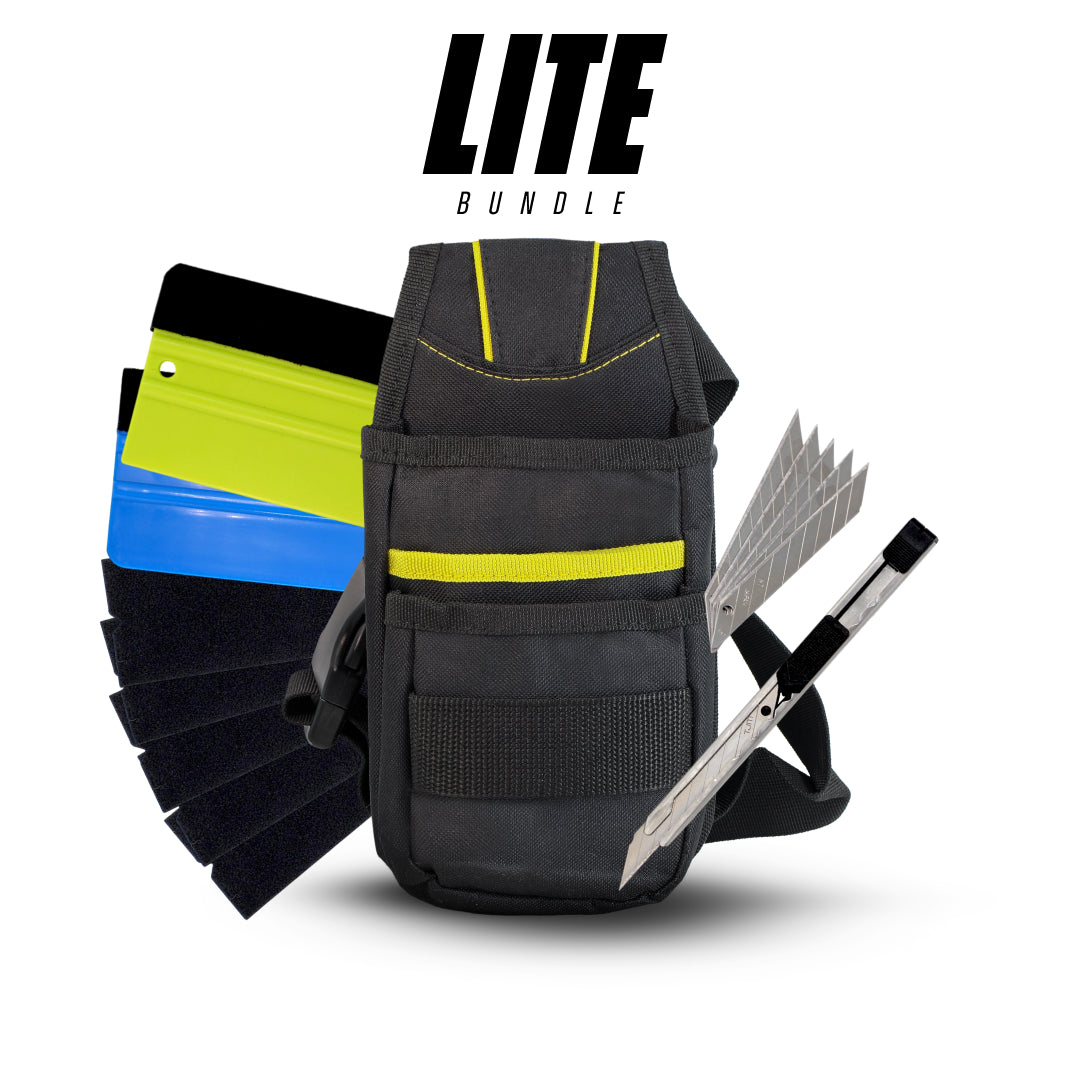
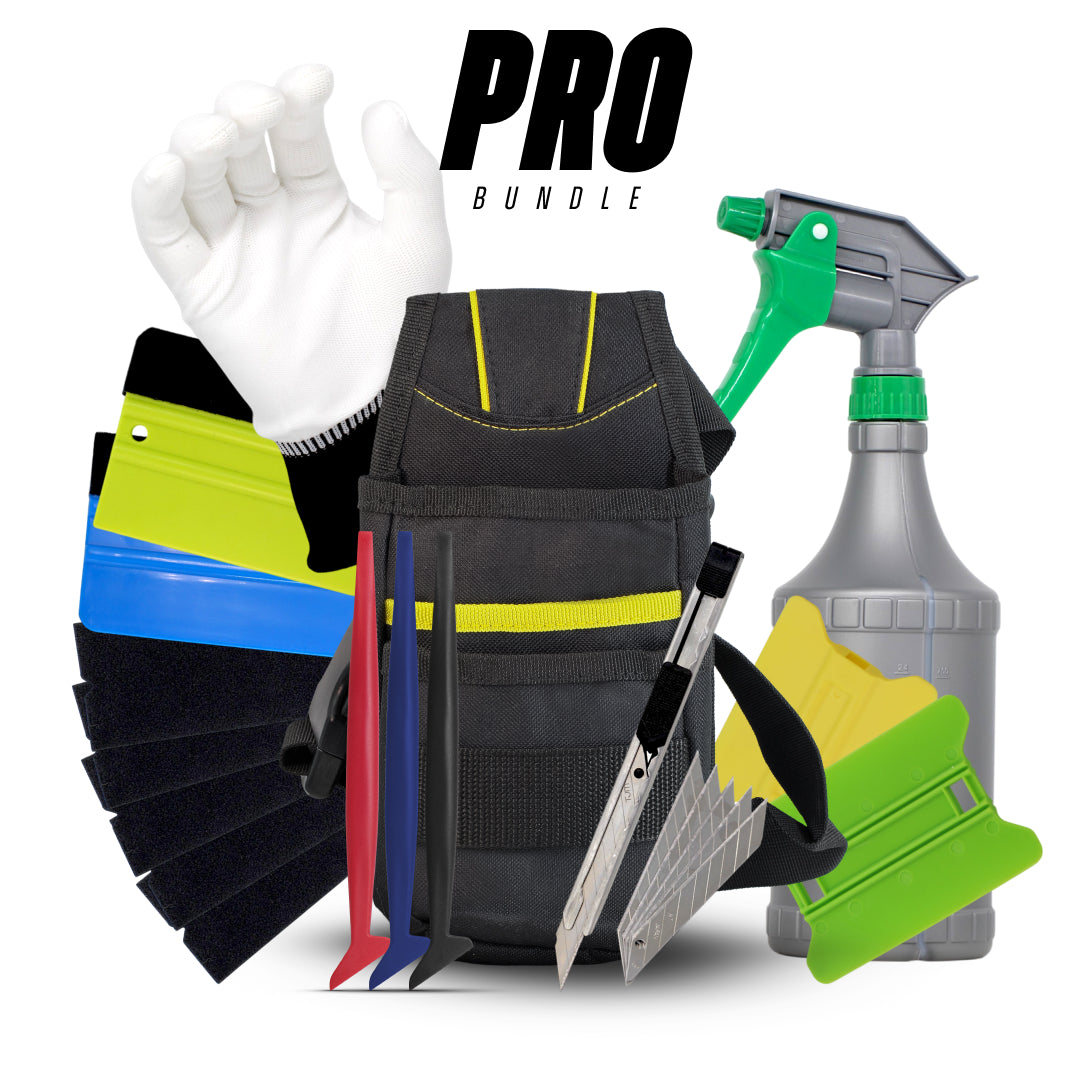
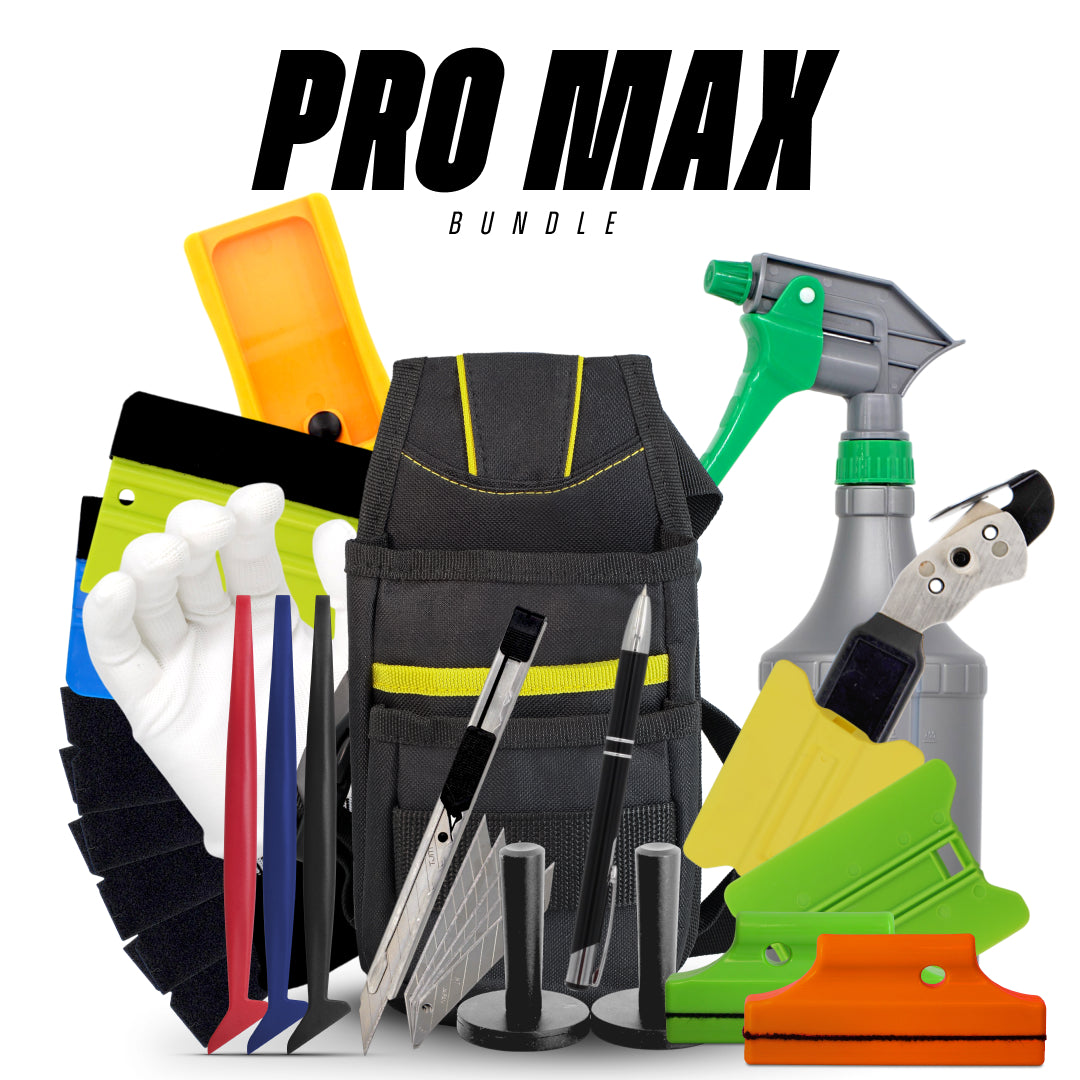
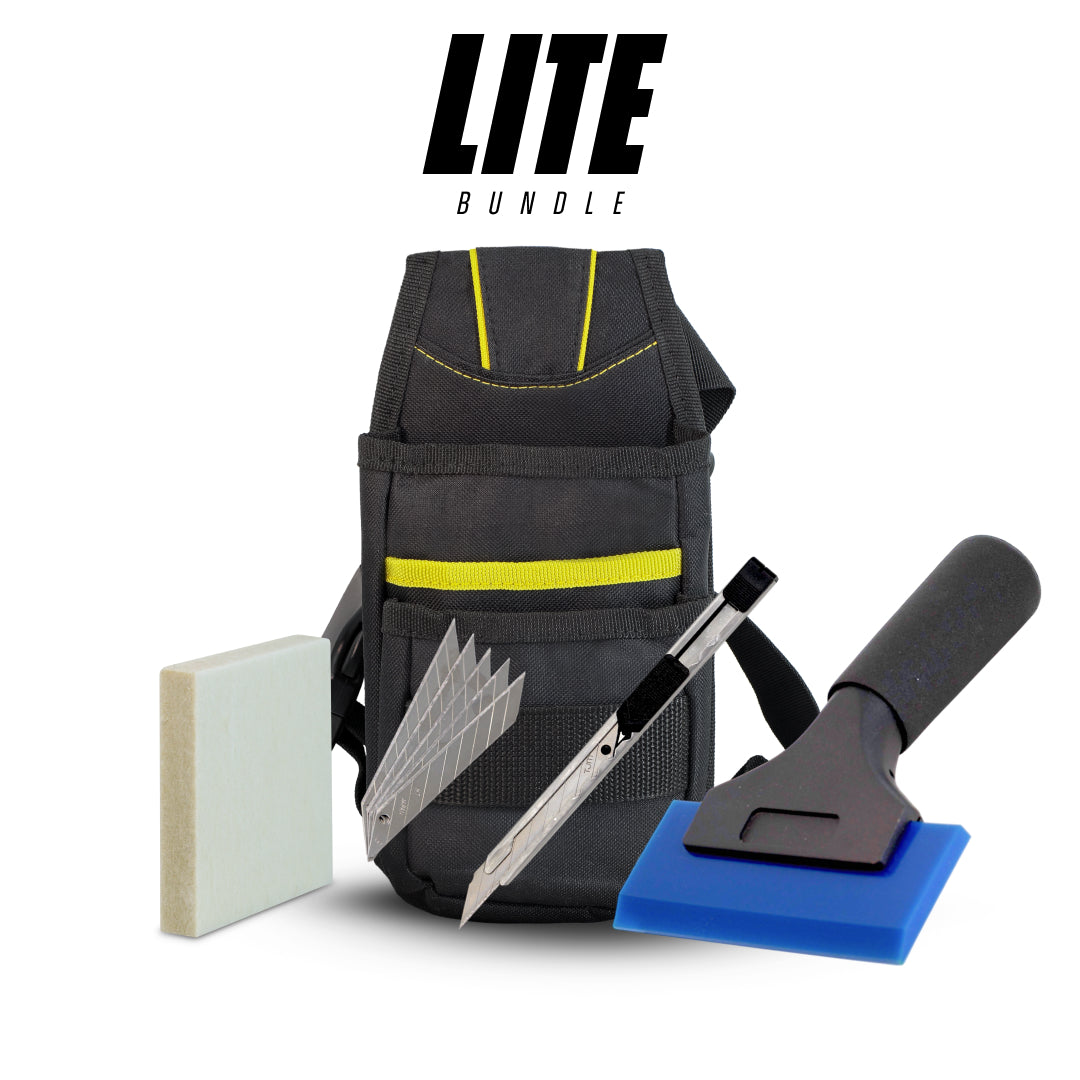
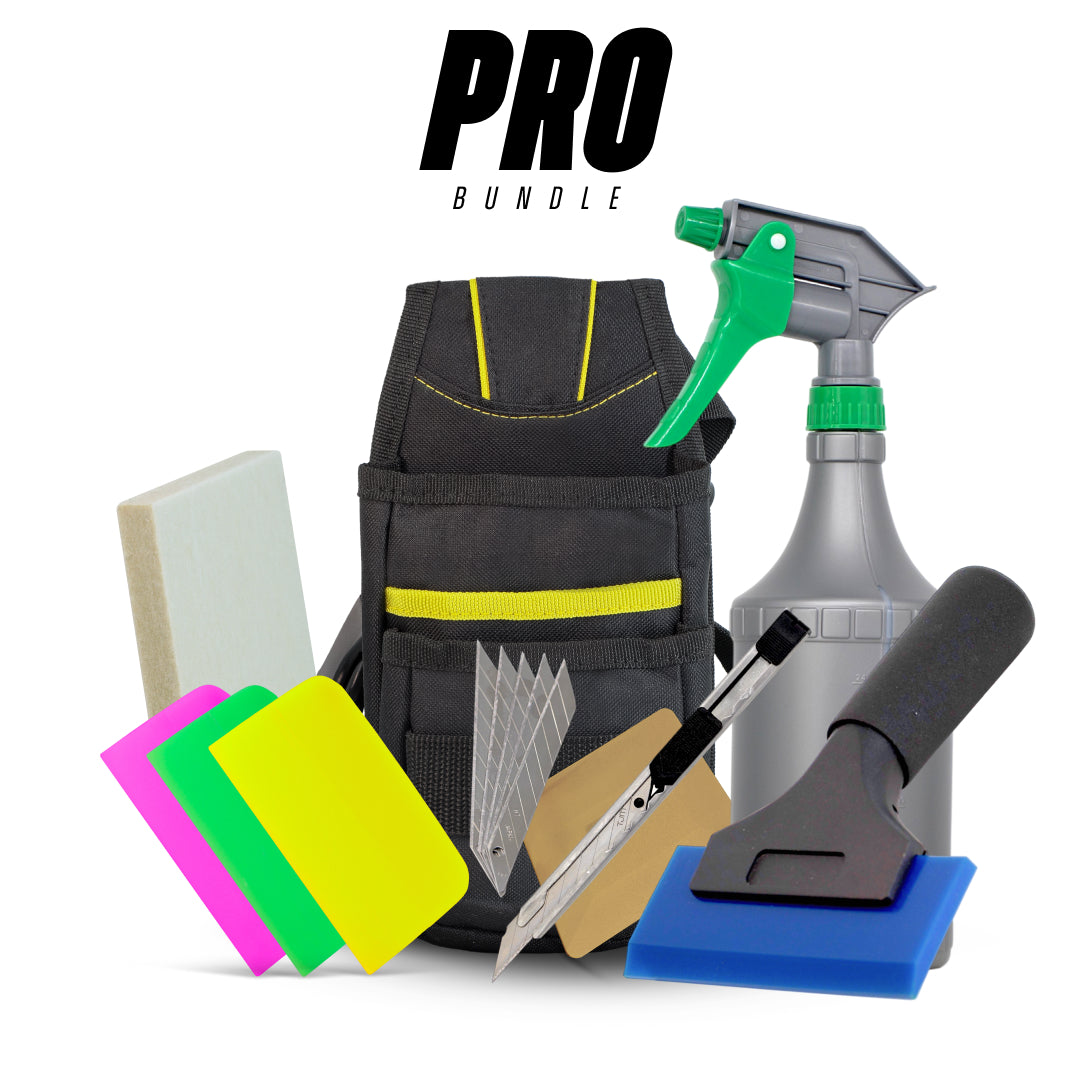
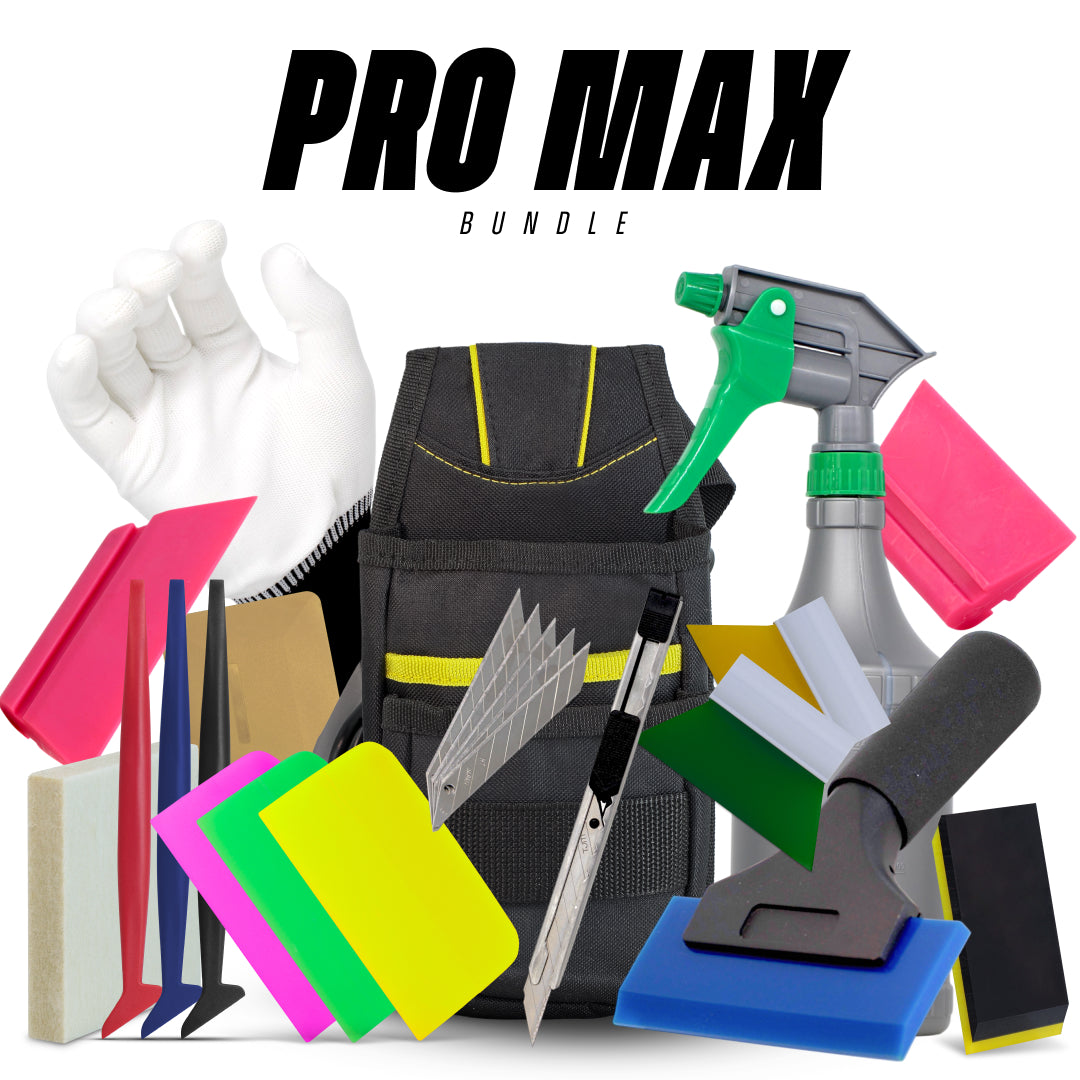
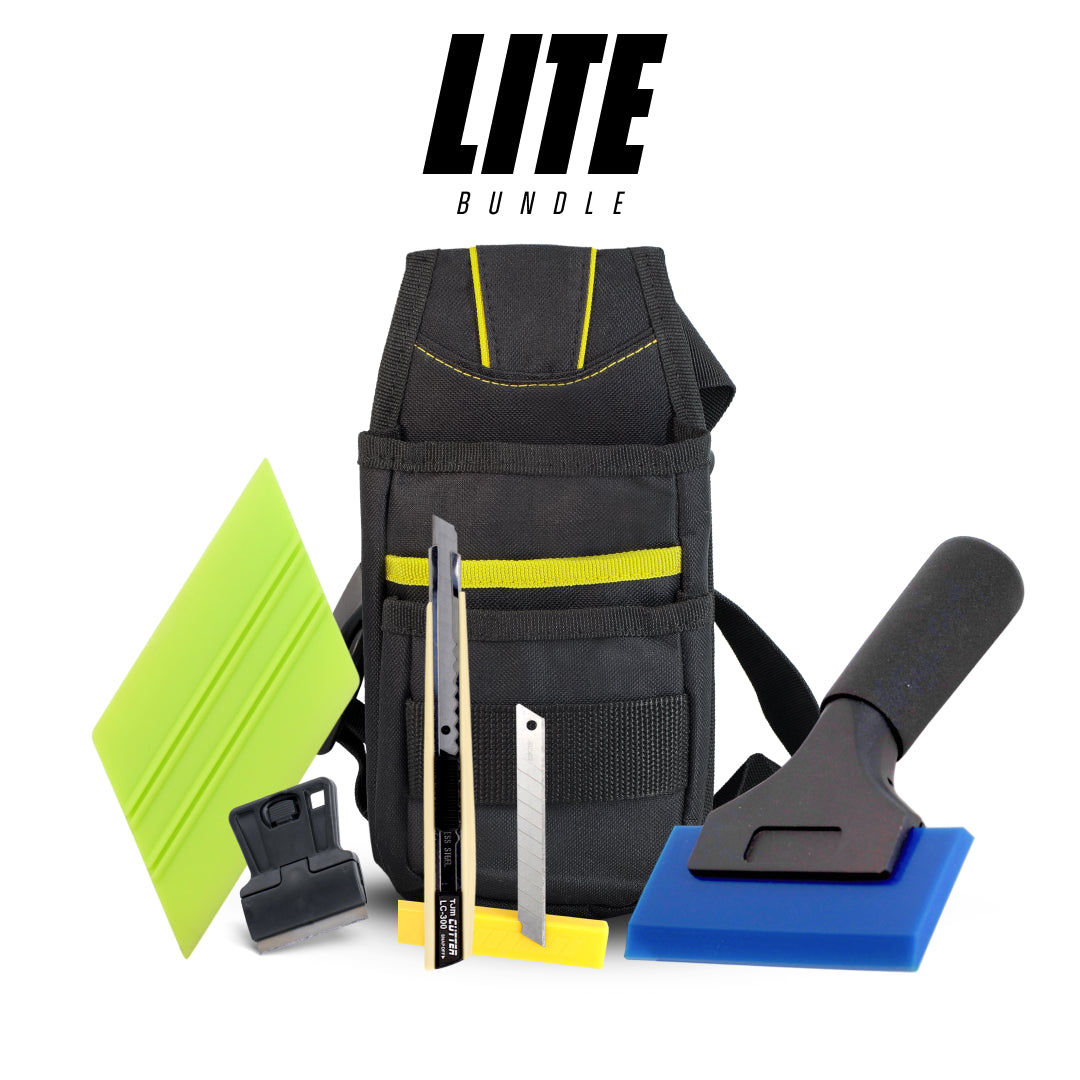
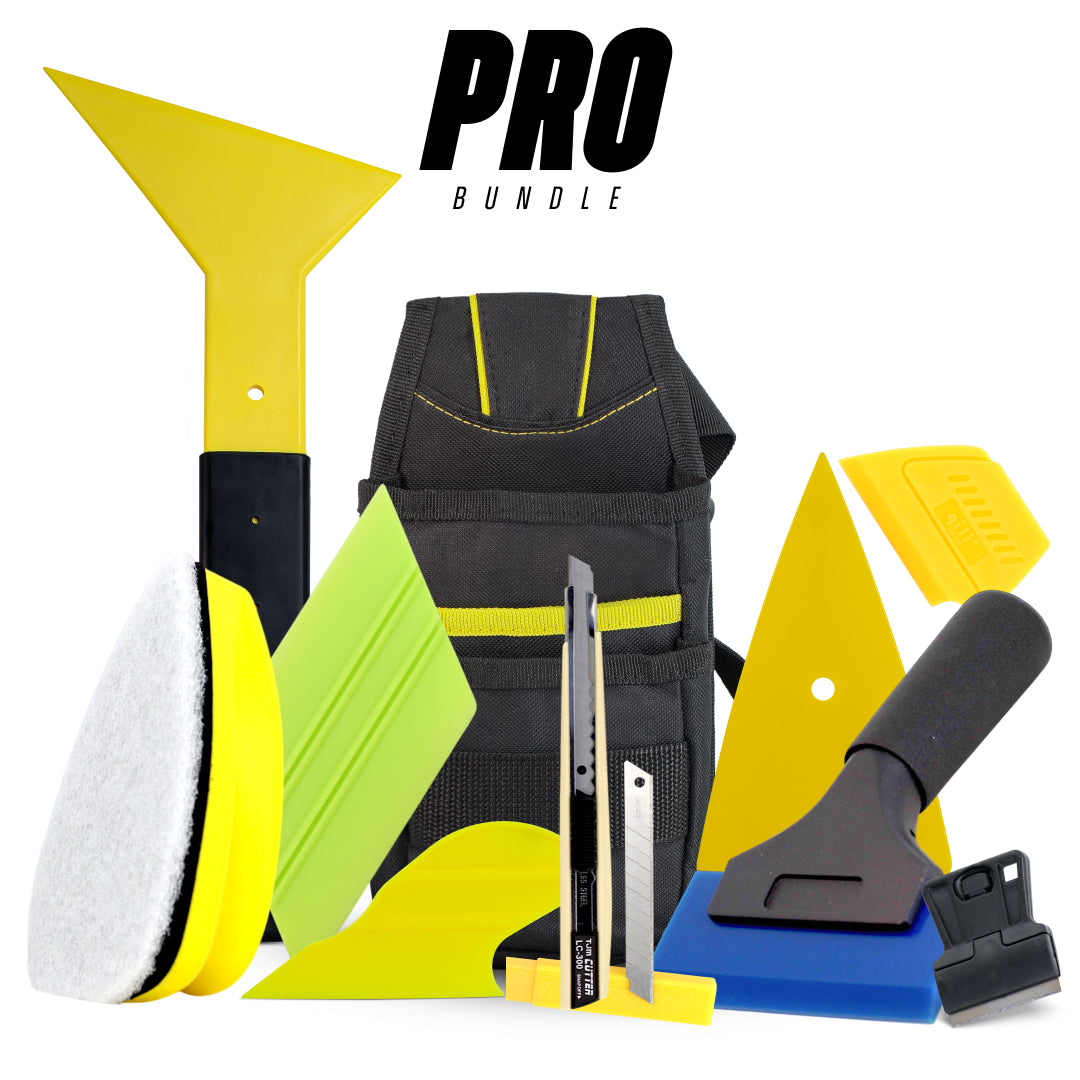
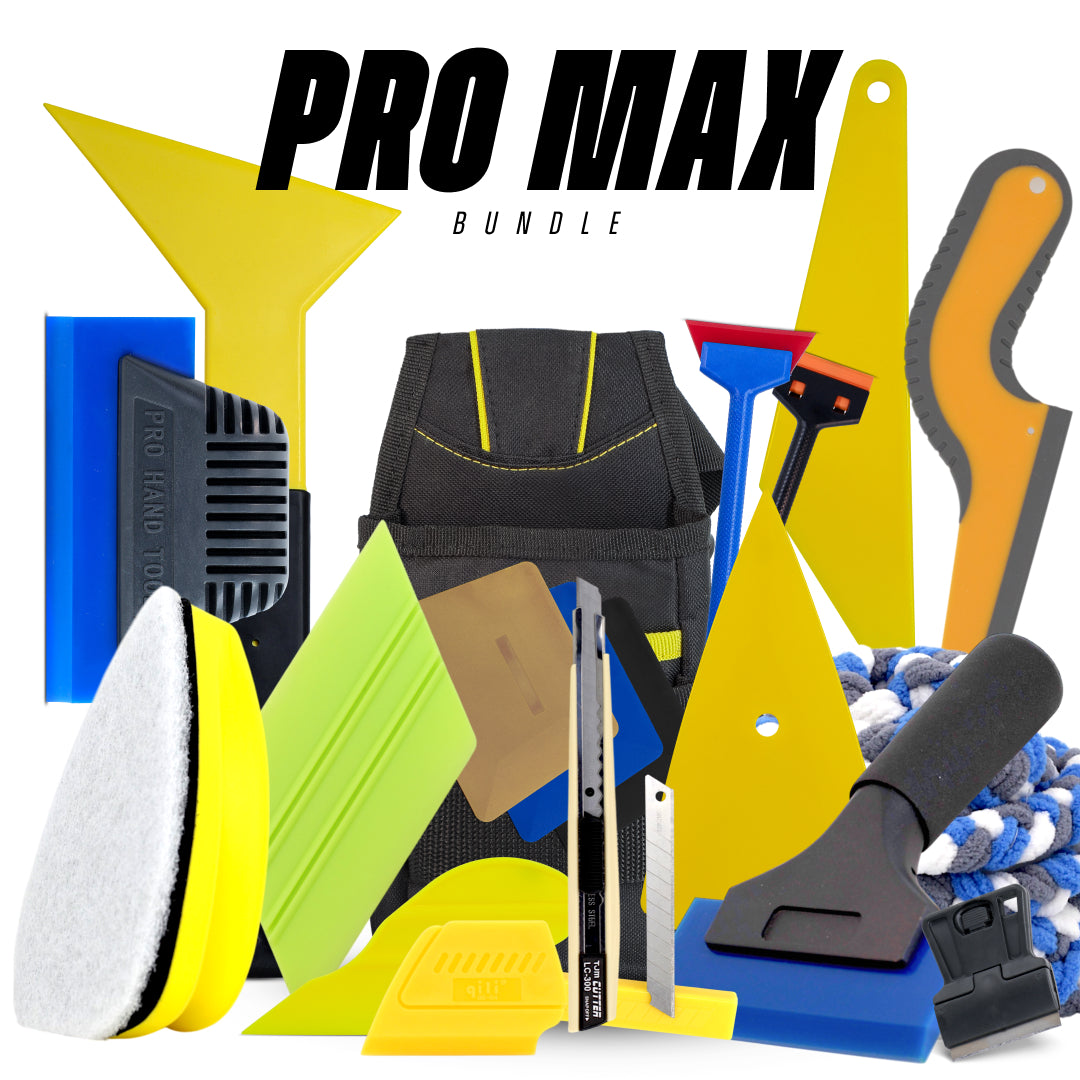
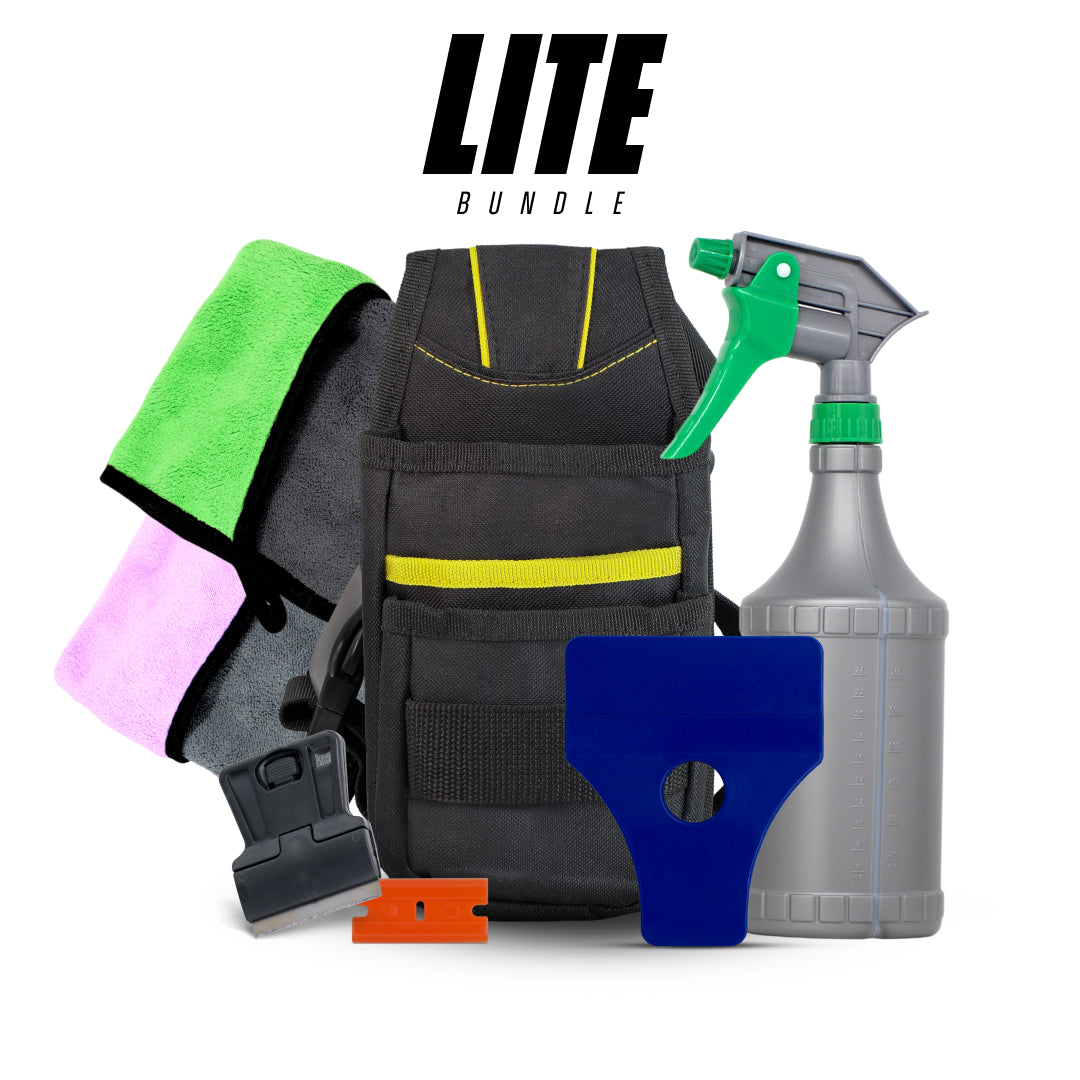
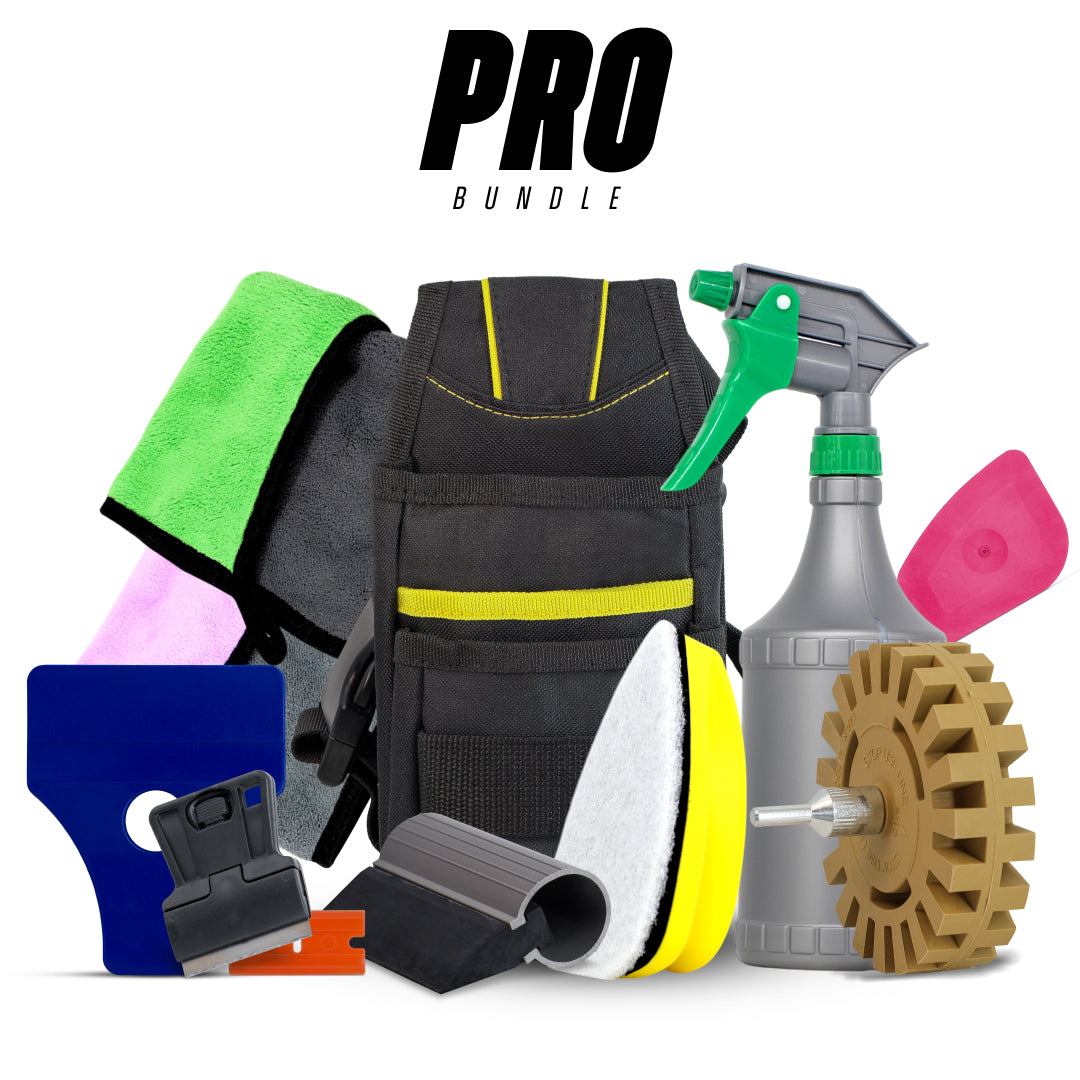
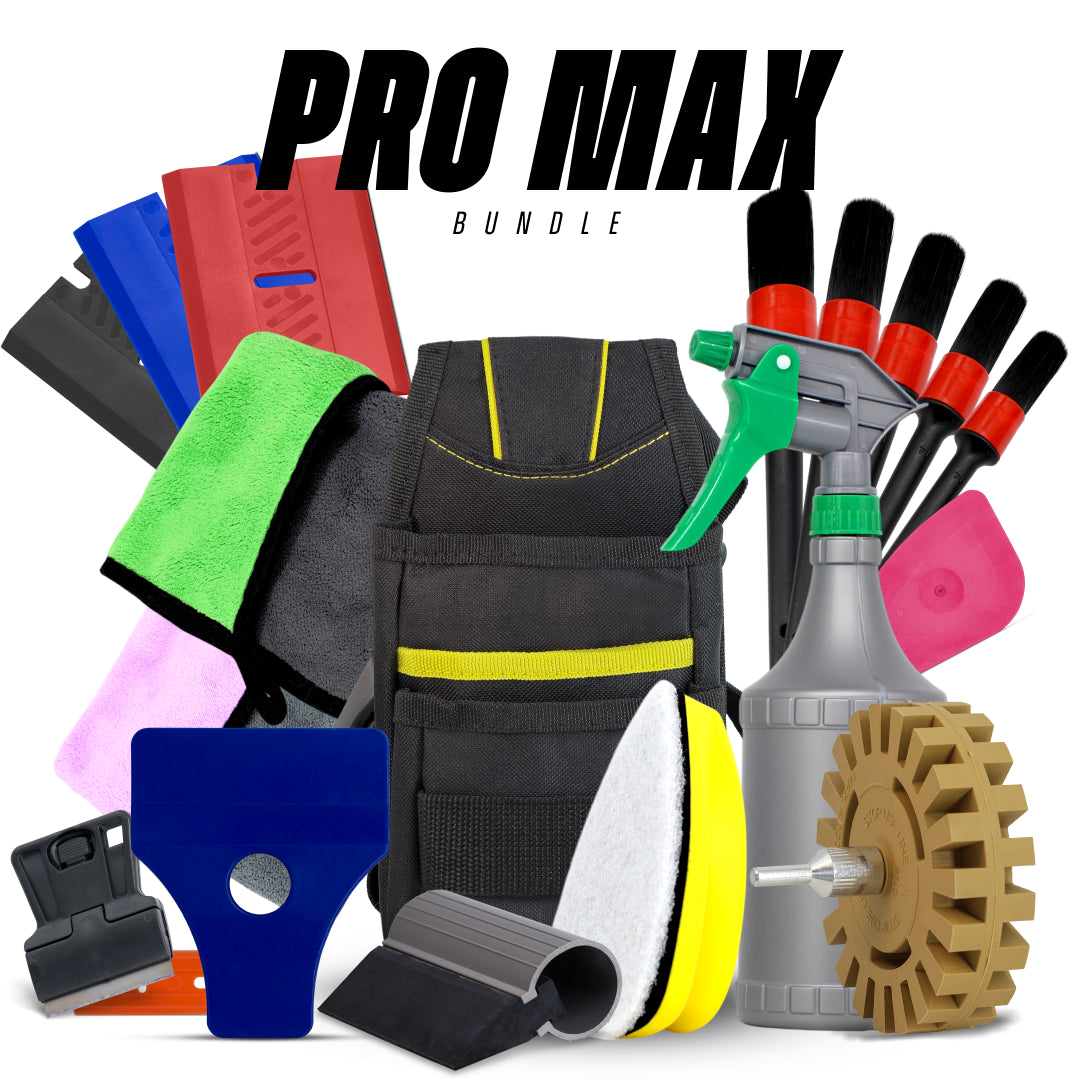
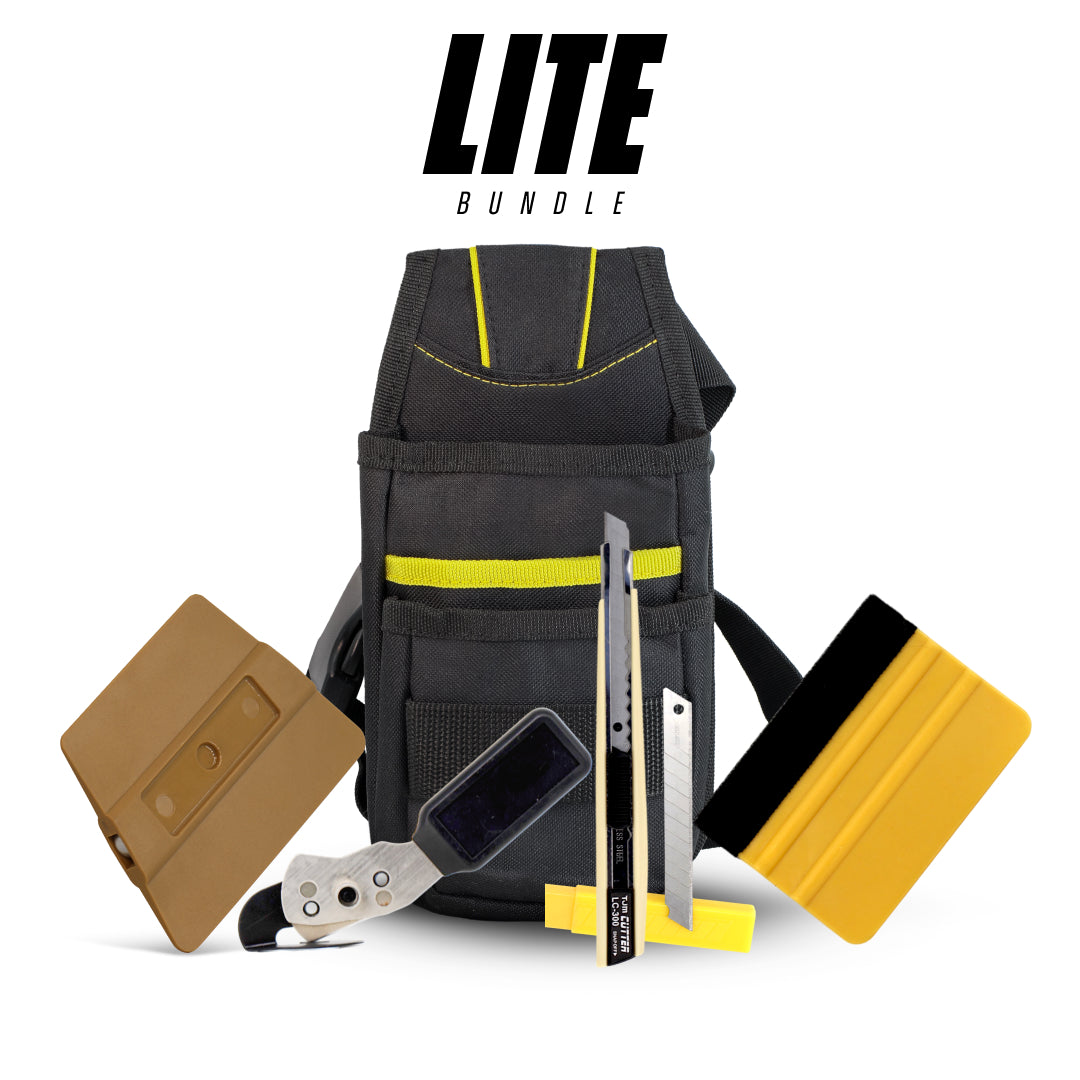
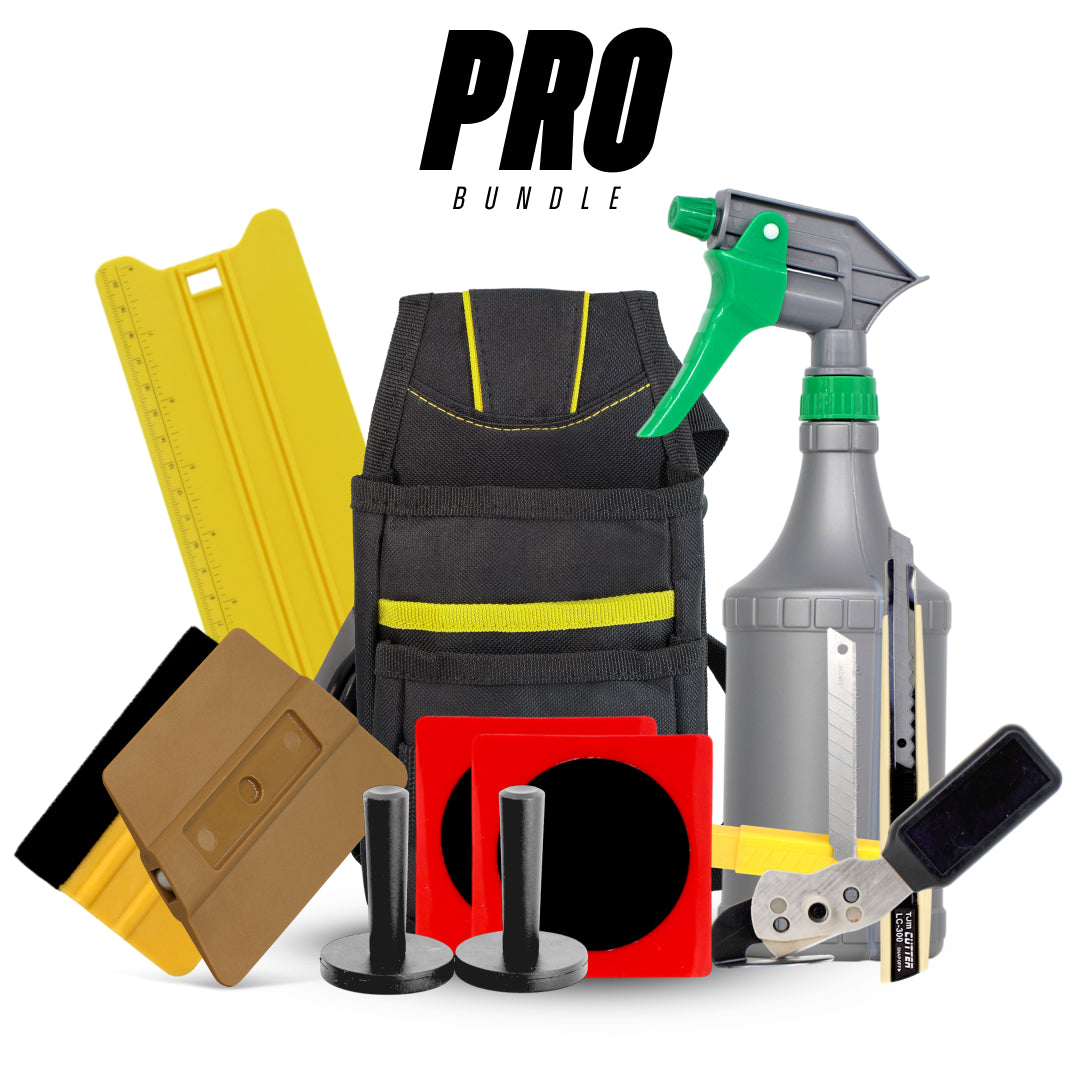
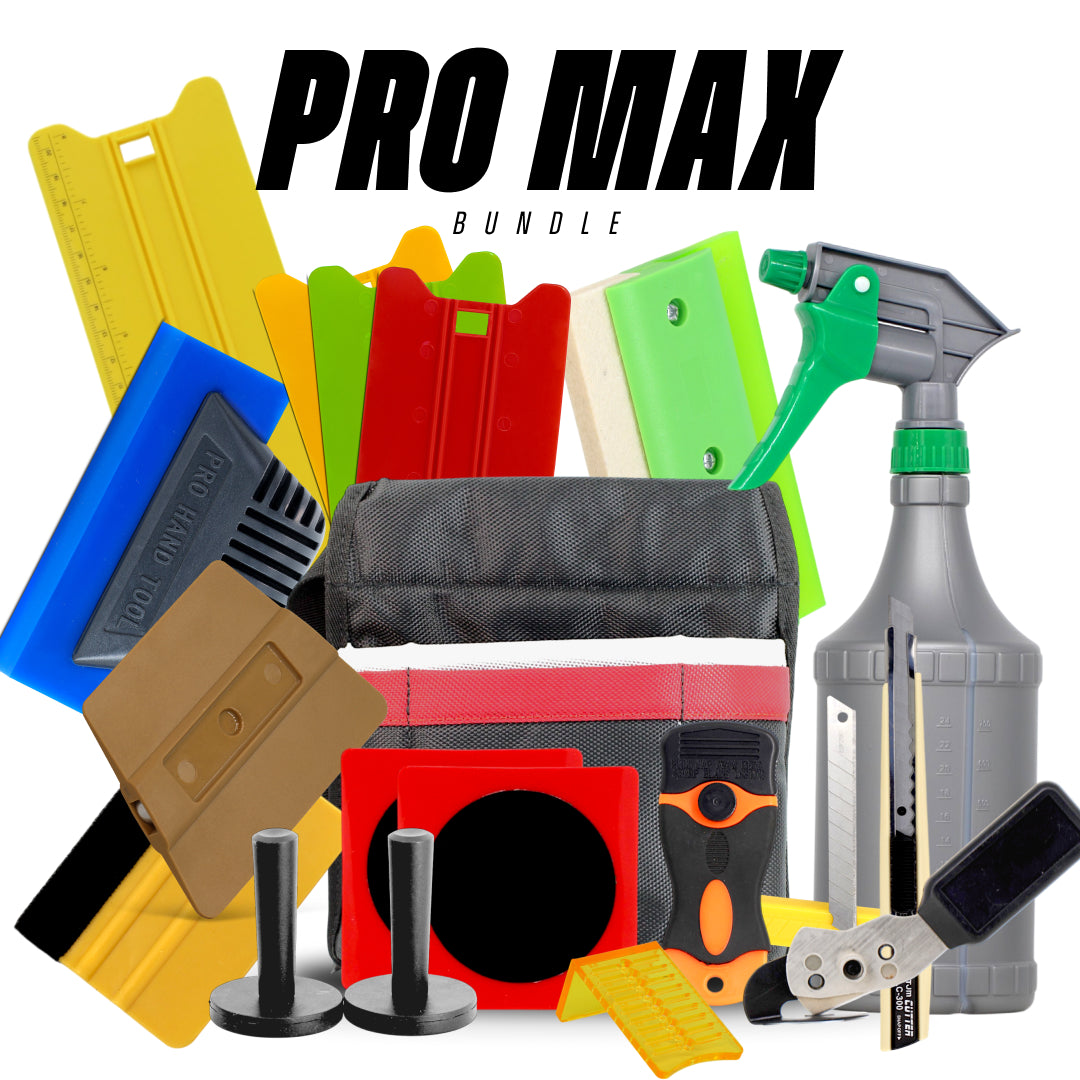
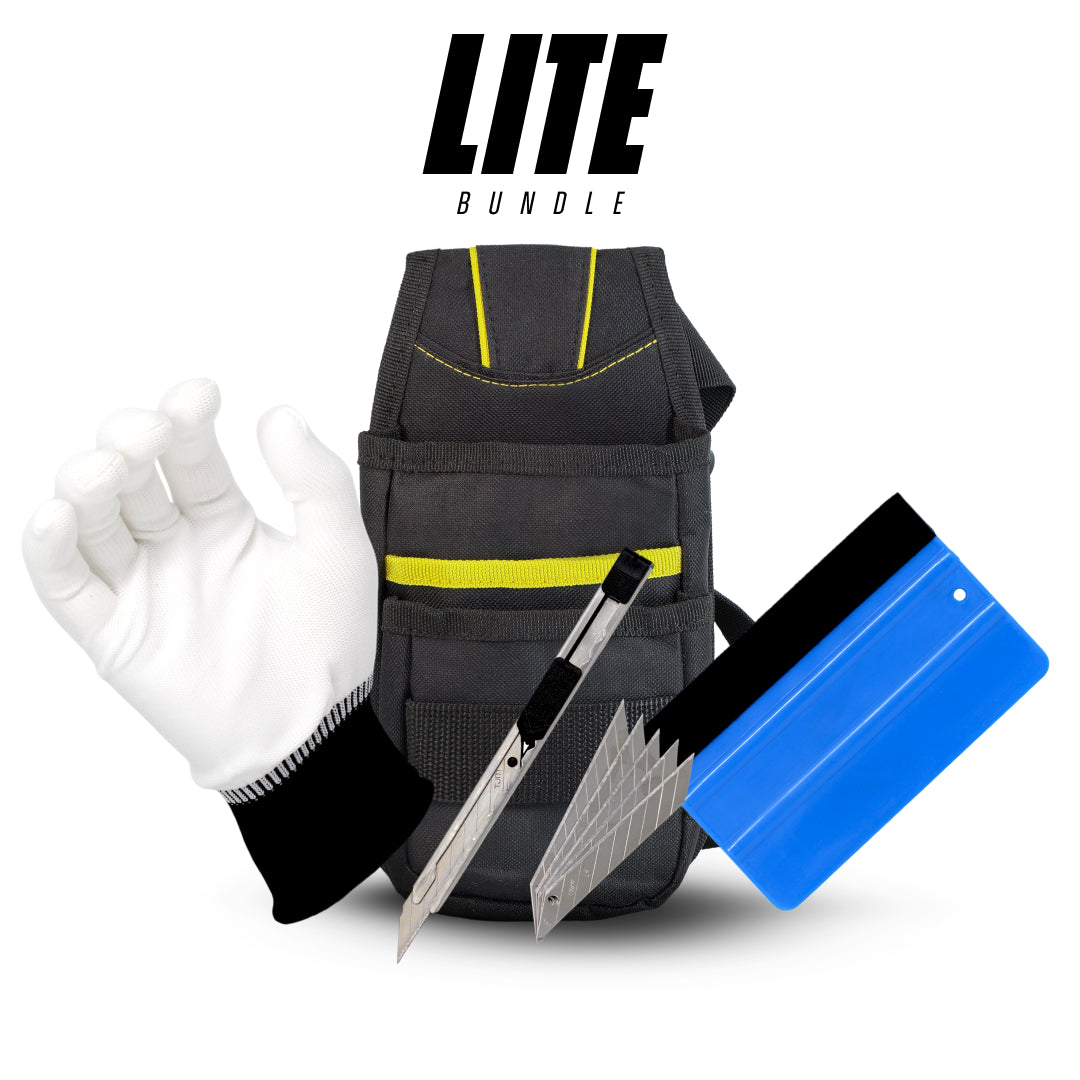
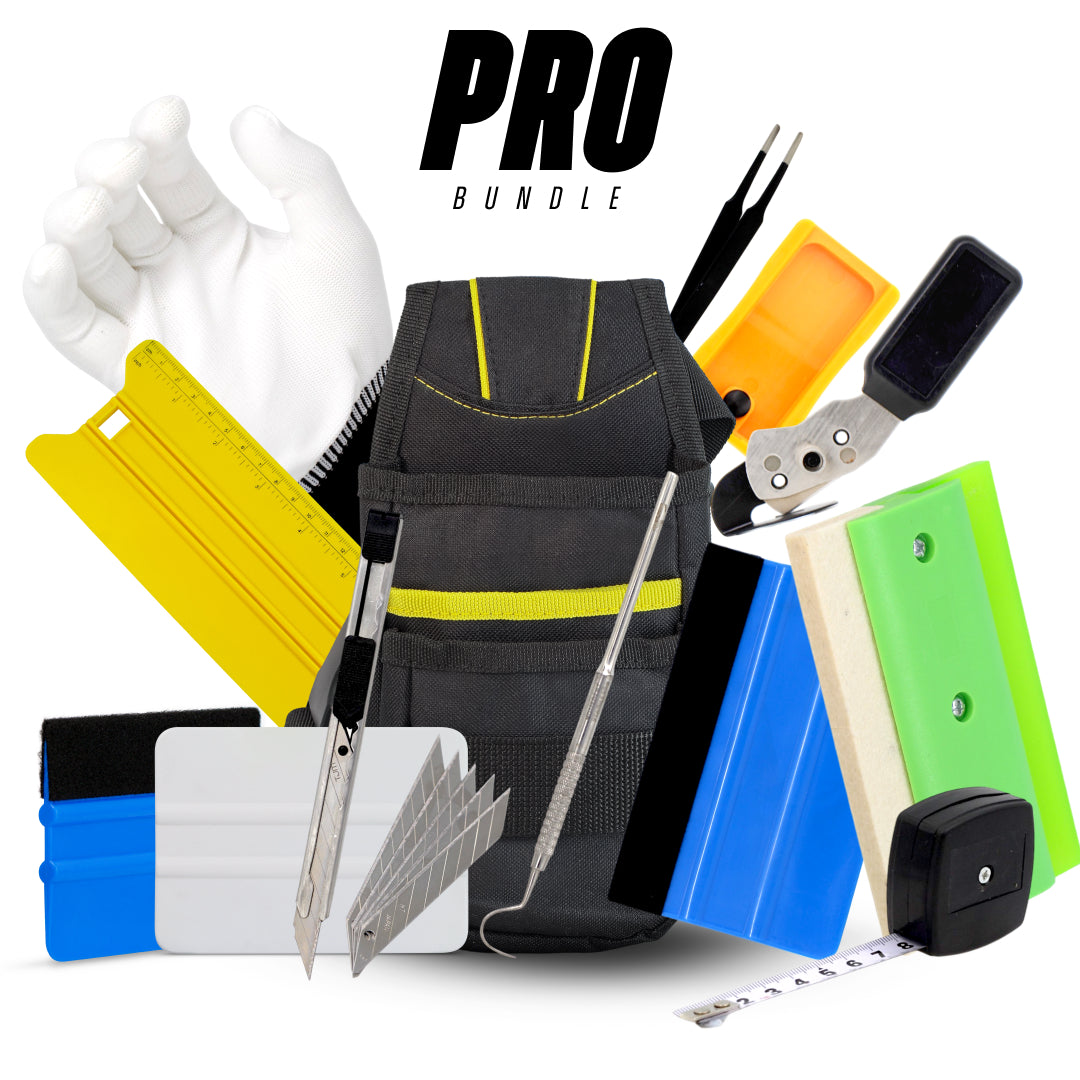
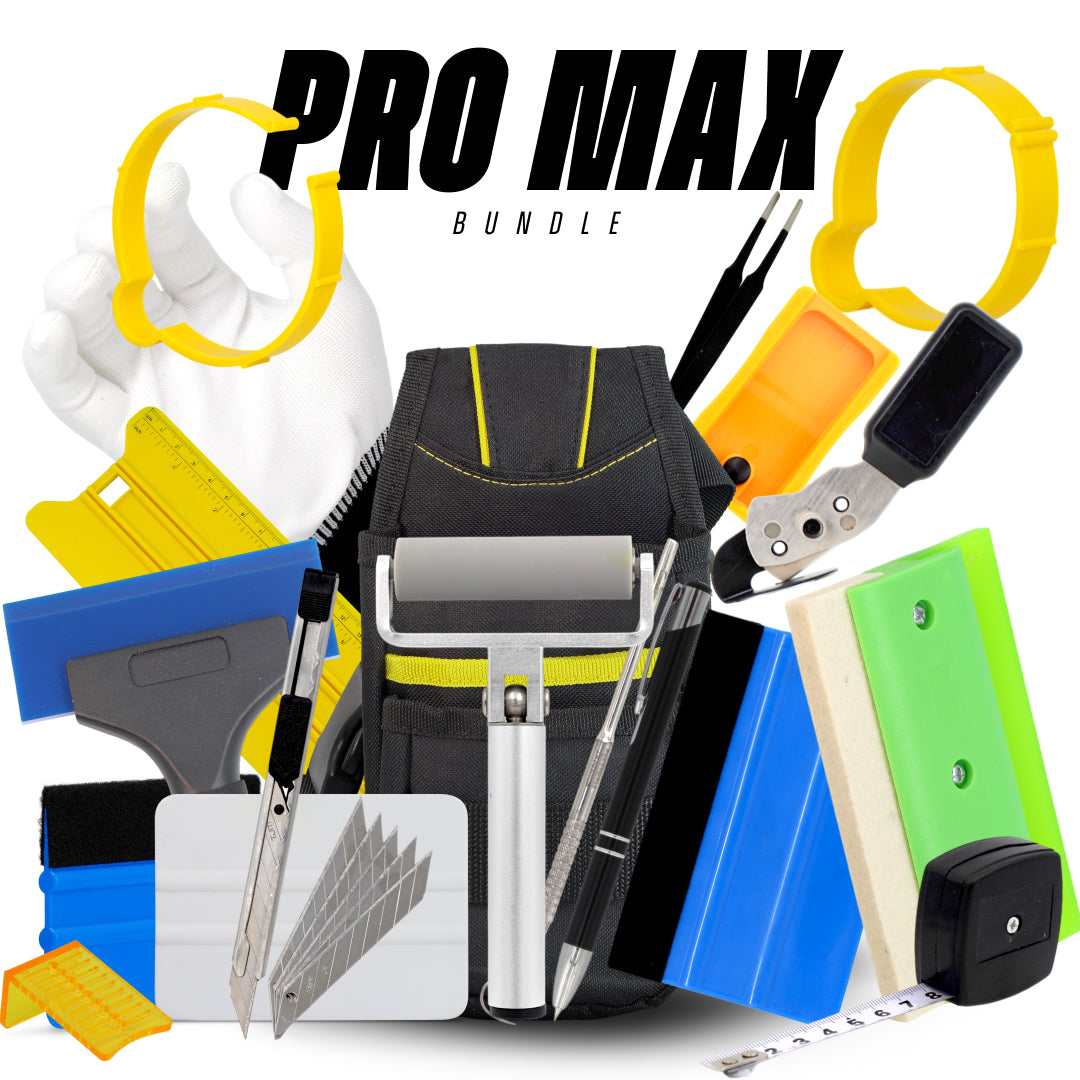

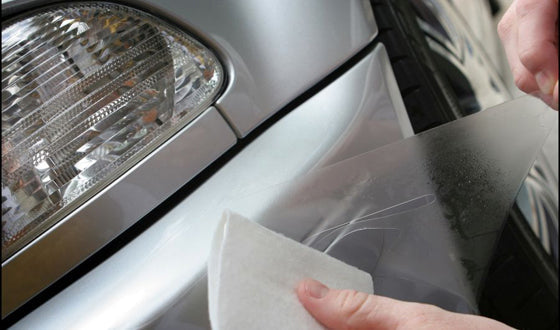
Leave a comment
This site is protected by hCaptcha and the hCaptcha Privacy Policy and Terms of Service apply.